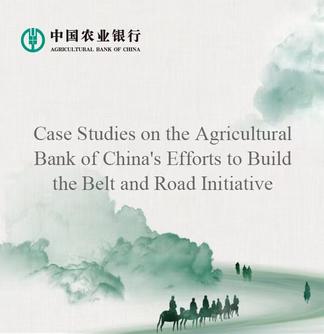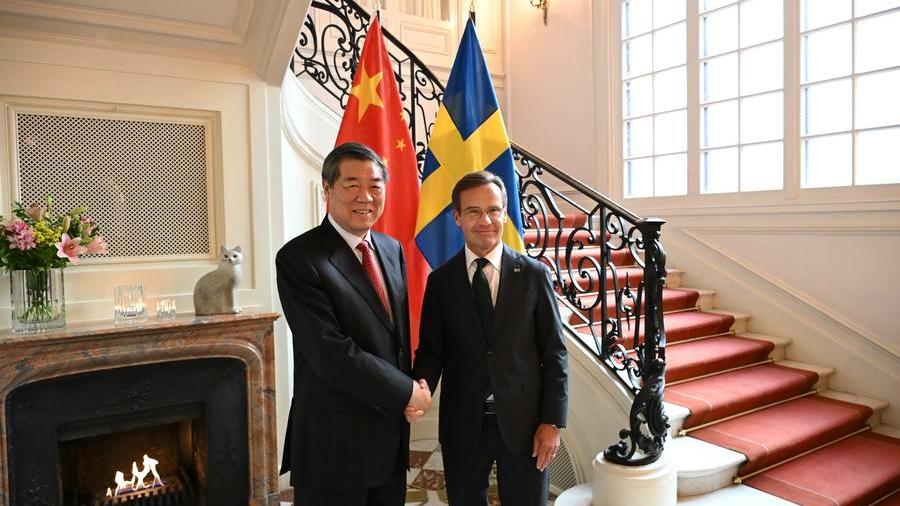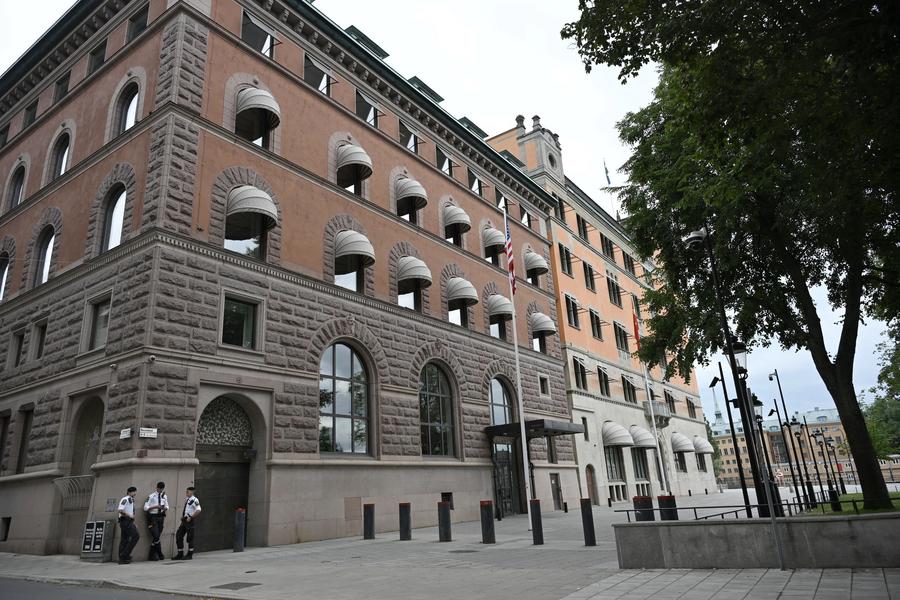
This photo taken on July 28, 2025, shows the Rosenbad building in Stockholm, Sweden. The Chinese and U.S. delegations convened here on Monday for a new round of economic and trade talks. (Xinhua/Dai Tianfang)
The Stockholm talks mark the third such meeting in three months and came just days before the expiration of a 90-day tariff truce agreed upon by the two sides, underscoring both countries' commitment to resolving their differences through negotiation rather than confrontation.
STOCKHOLM, July 29 (Xinhua) -- The historic Rosenbad building, nestled by the mirror-like waters of Lake Malaren, is drawing international attention this week as China and the United States convene their third round of high-level trade talks.
Held at the office of Swedish Prime Minister Ulf Kristersson, the Stockholm meeting follows previous China-U.S. trade talks in Geneva in May and London in June. These discussions are part of ongoing efforts to ease bilateral tensions and de-escalate the tariff disputes that have strained the global economy.
Reporters began assembling outside the venue early Monday morning. By the time trade officials arrived around 2 p.m. local time (1200 GMT), over 60 journalists from around the world had gathered. A Reuters reporter expressed hope for "something concrete -- maybe a further tariff delay or a pathway to easing duties."
Prime Minister Kristersson welcomed the event on the social media platform X. "I look forward to meeting with representatives of the U.S. and the People's Republic of China on Swedish soil. Welcome to Sweden!"
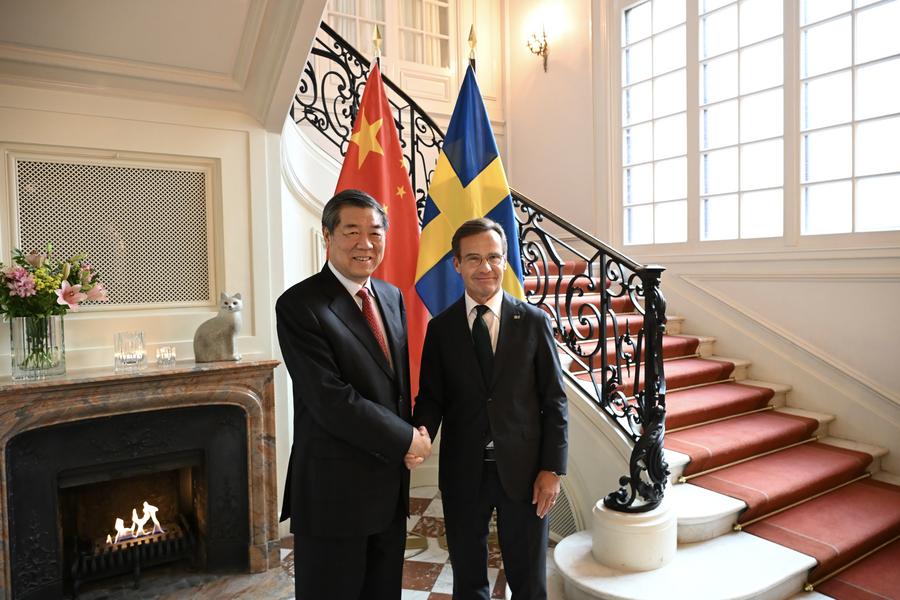
Swedish Prime Minister Ulf Kristersson meets with Chinese Vice Premier He Lifeng in Stockholm, Sweden, July 28, 2025. (Xinhua/Dai Tianfang)
Since May, both countries have been working to implement the consensus reached during a recent presidential call. Central to these efforts is the reduction of excessive tariffs and a shared aim to cool down frictions between the world's two largest economies.
The Stockholm talks mark the third such meeting in three months and came just days before the expiration of a 90-day tariff truce agreed upon by the two sides. The approaching Aug. 12 deadline adds urgency to the dialogue, underscoring both countries' commitment to resolving their differences through negotiation rather than confrontation.
Describing the Stockholm meeting as a "positive development," Kristersson noted that its implications go far beyond bilateral trade. "These discussions significantly impact global trade and the world economy."
Ulf Pehrsson, chairman of the Sweden-China Trade Council, echoed this sentiment. "Trade wars -- there are no winners," he said. "For many Swedish companies with stakes in both the U.S. and Chinese markets, maintaining open lines of communication is vital."
He praised the ongoing talks as "steps in the right direction" and stressed that any move to reduce tensions would be welcomed by Swedish businesses.
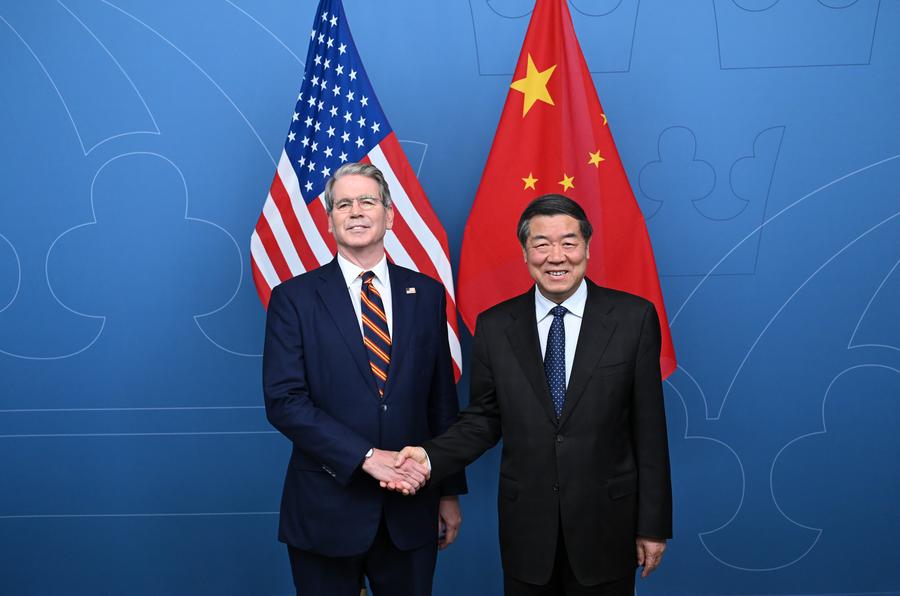
Chinese Vice Premier He Lifeng, also a member of the Political Bureau of the Communist Party of China Central Committee, shakes hands with U.S. Treasury Secretary Scott Bessent prior to a new round of China-U.S. economic and trade talks in Stockholm, Sweden, July 28, 2025. (Xinhua/Dai Tianfang)
The third trade talk has captivated international observers. From Geneva to London and now Stockholm, this sustained momentum toward dialogue is widely viewed as critical during a period of economic uncertainty.
Finland's national broadcaster Yle noted that both sides are striving to keep communication channels open, a gesture seen as potentially beneficial for the broader global trade landscape.
"It is much better to talk than not to talk," said Philippe Monnier, a Swiss economist and former executive director of the Greater Geneva Berne area, Western Switzerland's investment promotion agency. "And it is very important to continue talking in a good spirit."
Jan Knoerich, reader in China and the global political economy at King's College London, noted that "while it will be difficult to resolve some of the deeper economic and trade differences in the short term, further bilateral talks could help ease tensions and lead to incremental progress in certain areas."
Analysts agree that meaningful progress will require both sides to meet each other halfway and translate high-level consensus into actionable policies that restore confidence in the China-U.S. trade relationship.
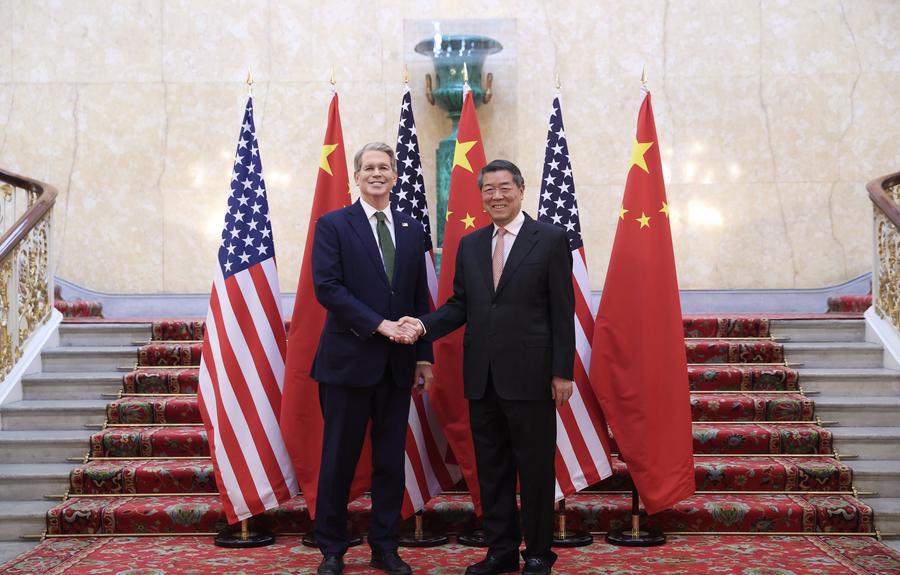
Chinese Vice Premier He Lifeng, also a member of the Political Bureau of the Communist Party of China Central Committee, shakes hands with U.S. Treasury Secretary Scott Bessent prior to the first meeting of the China-U.S. economic and trade consultation mechanism in London, Britain, June 9, 2025. (Xinhua/Li Ying)
As the negotiations move into what observers are calling "deep waters," the complexity of the topics increases. This phase demands frank exchanges, mutual understanding, and a willingness to bridge differences through constructive dialogue.
History has shown that stabilizing China-U.S. trade relations serves the interests of both nations and benefits the world at large, observers noted.
The buzz outside the Rosenbad building has drawn curious onlookers. Among them was a tourist from Australia, who chatted with the press corps. "We're already feeling the weight of high tariffs. Good luck to you all!" he said.




 A single purchase
A single purchase

